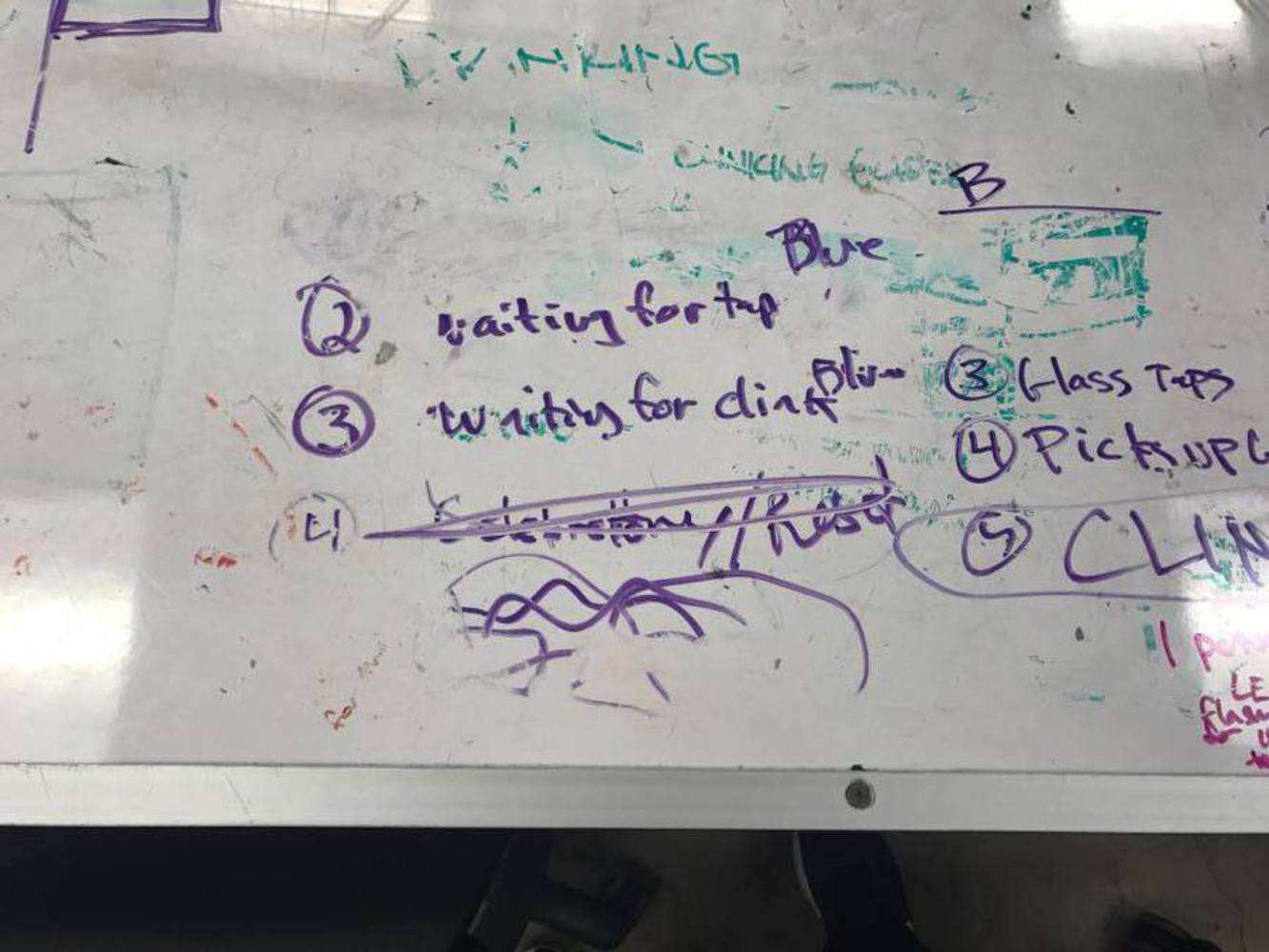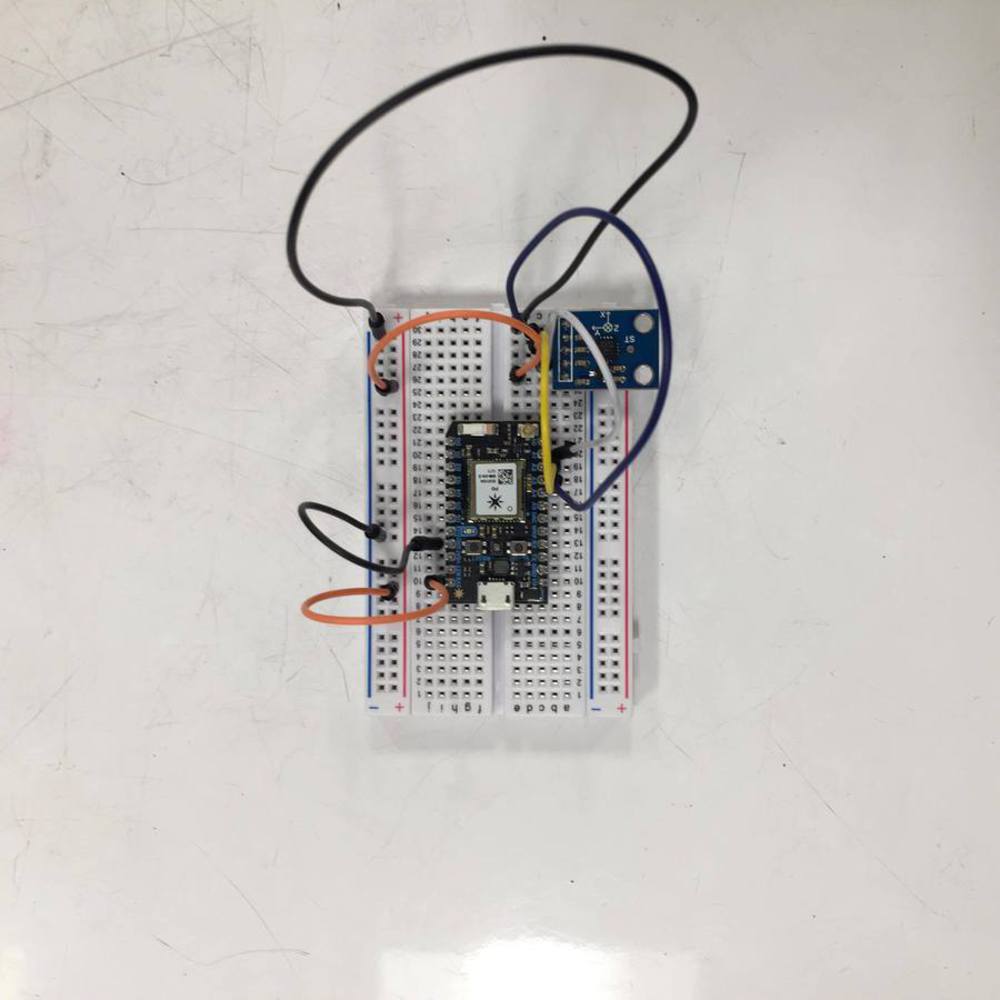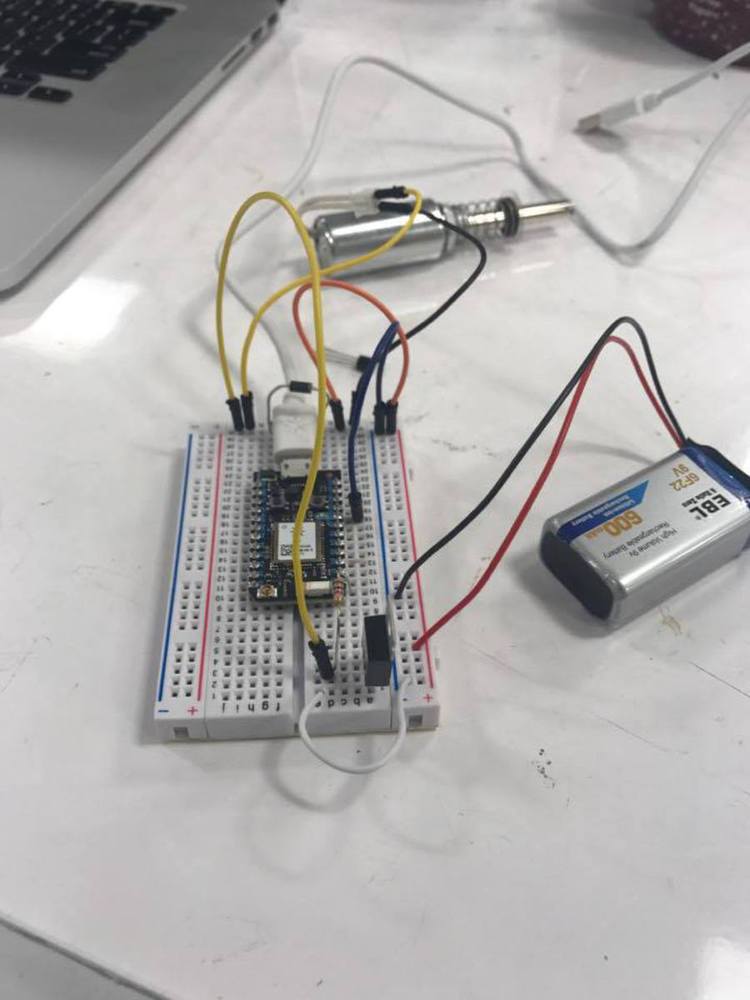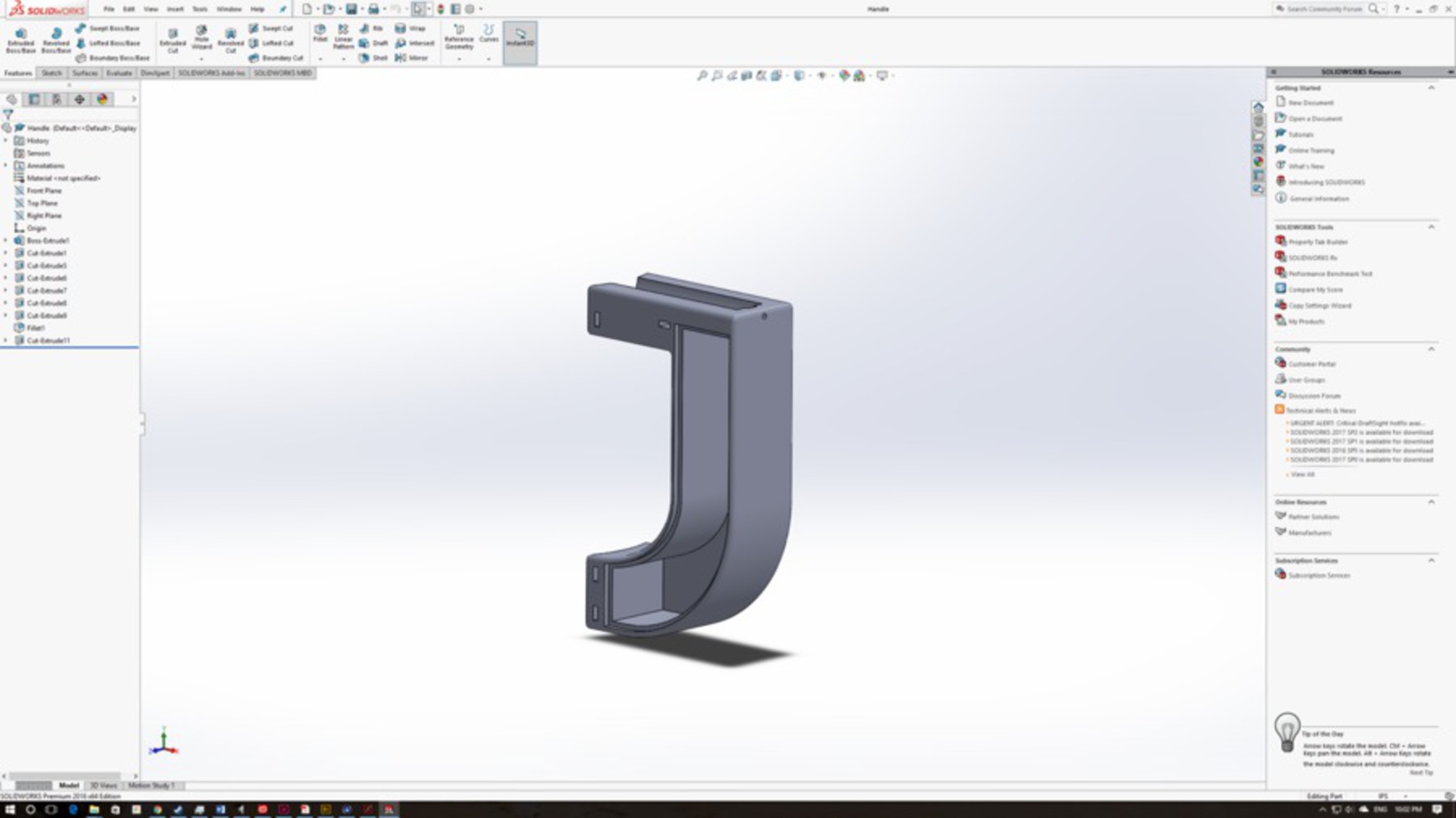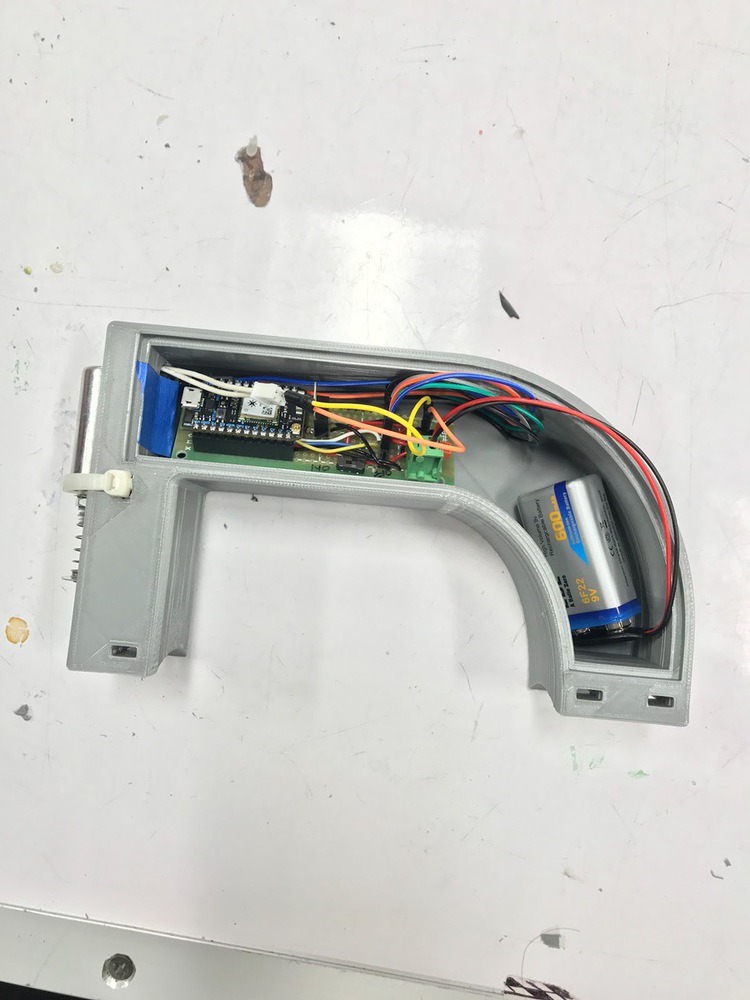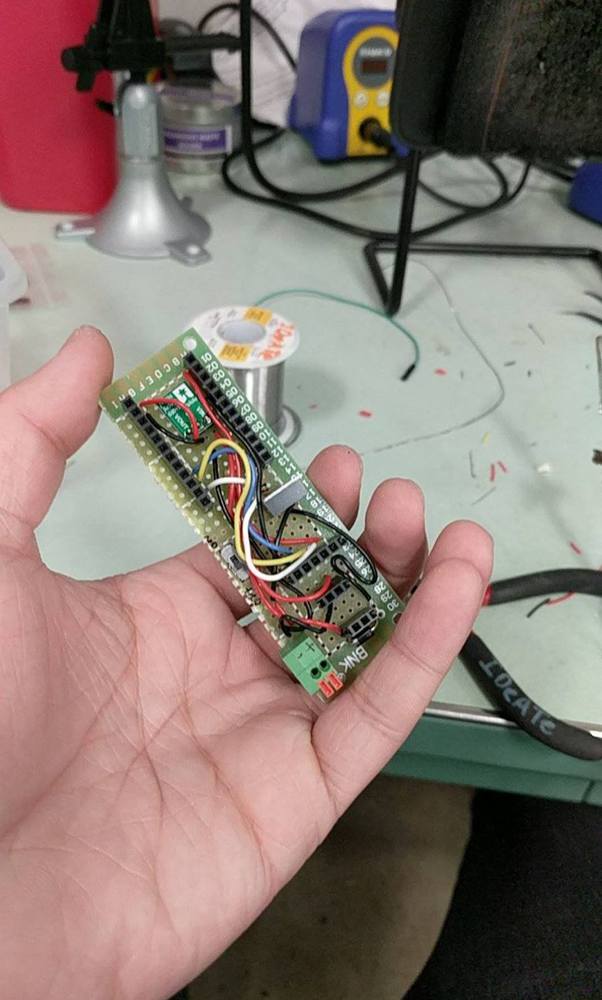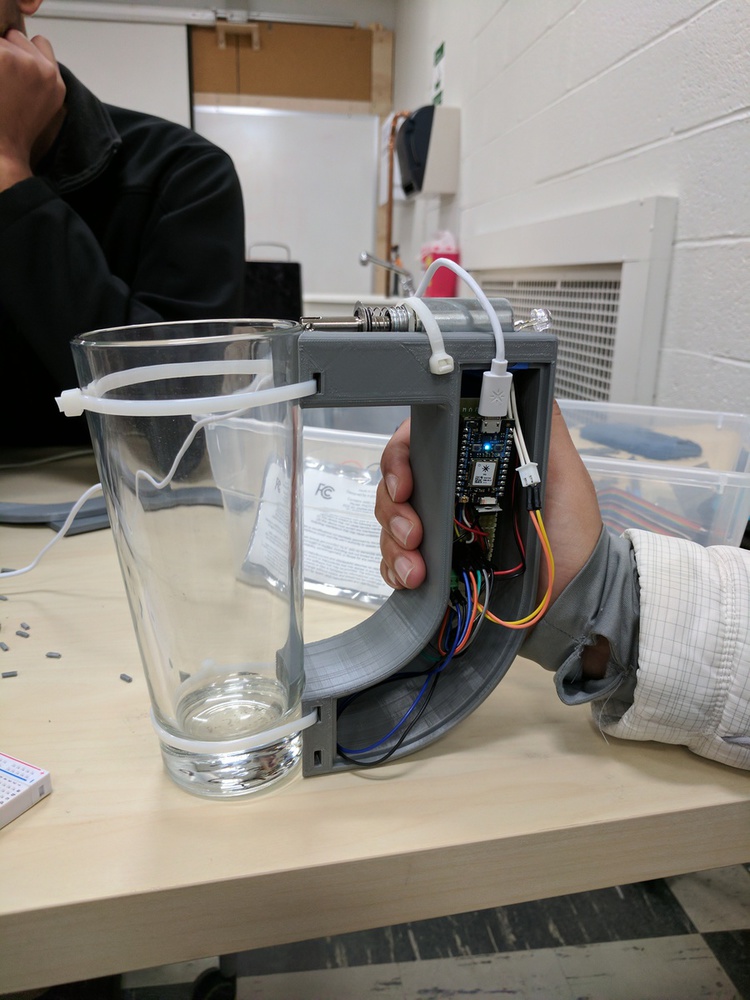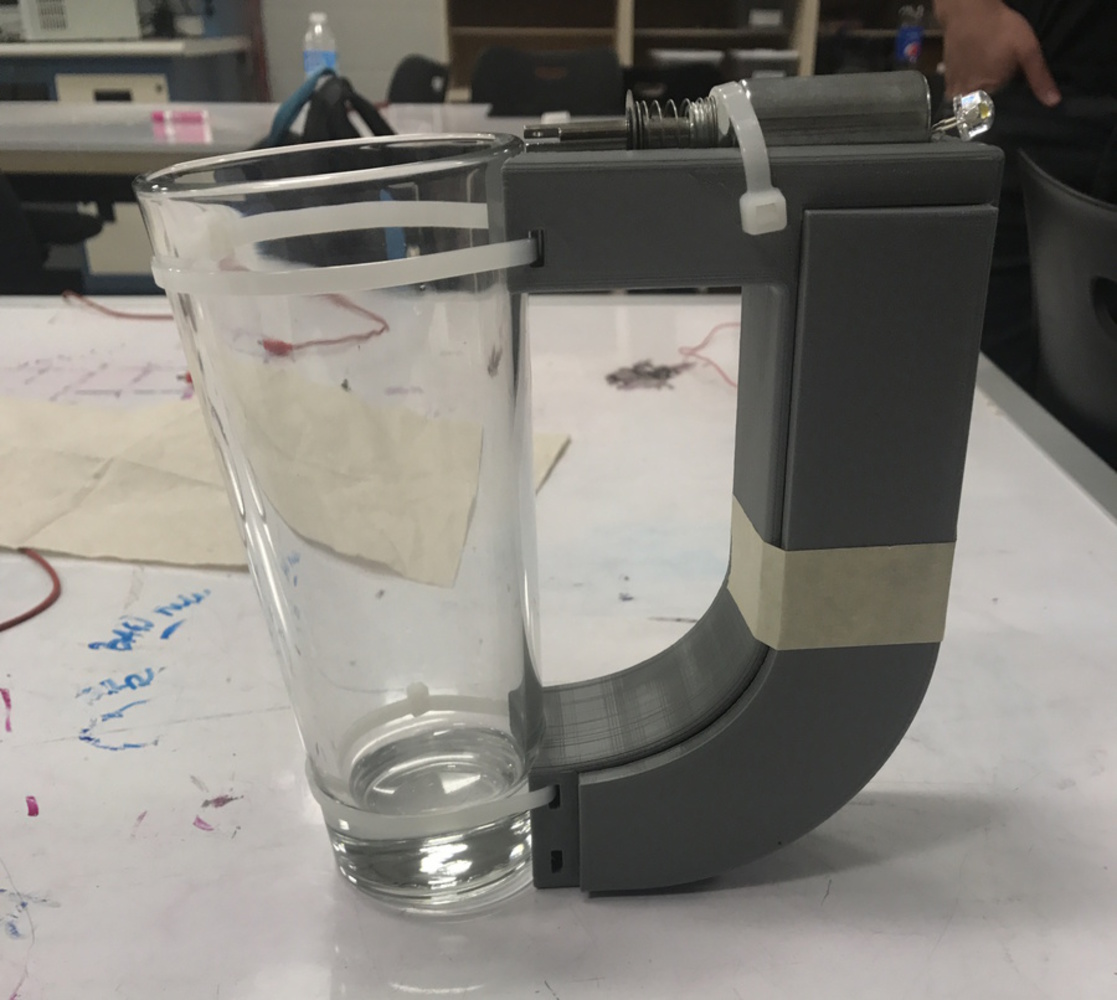Problem Statement
We hit a wall when started to explore product ideas that could make long-distance relationships more intimate. In a changing world where technology has brought loved ones closer through cheap travel and Facetime, technology has also torn loved ones apart, as we witness social interactions being replaced by screens that people spend too much time on. Instead of creating a device that would simply be another screen, we decided to capitalize on an already intimate interaction that is special in all relationships (family and friends)... sharing a drink! We chose this interaction because it is personal to all of us, whether it be wine nights with friends that we wouldn’t be able to experience with friends once we graduated, gunning down beers, or drinking tea with family. This device is aimed at loved ones who would like to share a drink together in virtual proximity.
